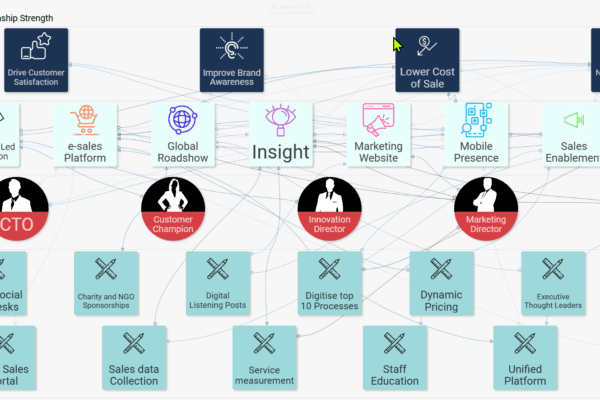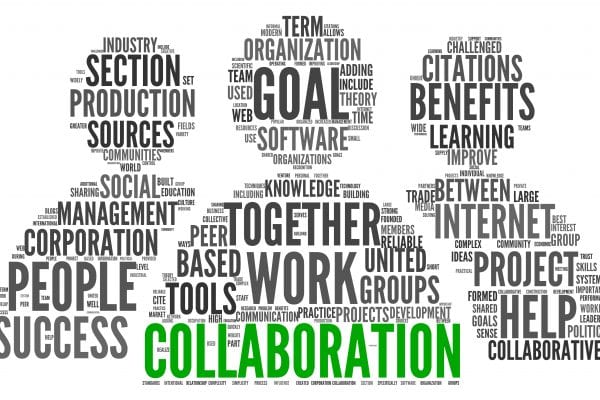Collaborative Working
So far you have been completing most of the work. Now you have selected a partner you need to start putting your collaborative relationship strategy into practice.
Together with your partner or partners you need to co-create a joint approach to working and all that this entails such as contractual agreements, roles and responsibilities that address the jointly agreed objectives. This ISO 44001 (BS 11000) stage 5 involves a lot of work by everyone but also presents an opportunity to utilise your existing programme and project management processes and procedures as you will see in the following points.

Joint Ways of Working – ISO 44001 processes and procedures
- Governance: Now you have a partner there needs to be an executive management team in place with a SER identified from each organisation. Joint objectives need to be reviewed updated/added to and reviewed by the SER’s. referring back to the internal assessment you completed previously the management team need to review the capability and competency of people and select appropriate candidates to take up leadership positions.
- Organisational structure: Appointing people allows you to create the joint management team and establish the necessary operational procedures such as roles and responsibilities including value creation and key performance indicators (KPI).
- Knowledge management: This is one of the main reasons for working collaboratively with other organisations. Having the opportunity to “tap into” another organisations knowledge and combine it with yours is a 1 +1= 5 or more! However putting a
common process and tool in place is important and clearly identifying what can and cannot be shared subject to approval is an imperative. - Communications management: Various types of active communication form an integral part of collaboration. Jointly you need to ensure people are regularly updated and informed so that everyone understands and can focus on taking action and delivering the agreed outcomes.
- Joint risk management: You and your partner probably have an existing risk management process in place. Utilising this with a focus on relationships will help to ensure the correct procedures and necessary people are in place to manage your risk profile and are jointly recorded in the risk register.
- Business process management: Here I recommend completing a gap analysis. Both you and your partner list all of the processes and procedures that you think are necessary to deliver the collaboration approach. This analysis will help you to determine where the gaps and overlaps are, what the potential impact will be and what changes will be required. This can save you a lot of time (money) and reduce the your changes to the way you work. Once way to do this is completing a Makigami workshop
- Contracting arrangements: Depending what type of partnership you are engaging with will determine the type of agreement and how formal or informal it will be. The last thing you want is to be burden by terms and conditions that act as “barriers and constraints”. Your joint management team need to take great care and consideration when completing this task to make sure objectives can be met, correct collaborative behaviours are encouraged without exposing each partner to unnecessary risks.
- Performance measurement: if you are not measuring nobody knows if the collaboration approach is working or not. These measurements need to reflect the agreed objectives and outcomes and must be routinely updated and communicated to everyone. Again, utilising existing systems such as your CAPA (corrective action and preventive action) together you can identify ways to continually improve.
- Improvement: Through ongoing audits, reviews and assessments of your measurements and people you will be able to optimise and adapt your collaboration programme and approach as circumstances change.
- Relationship management plan: The update and addition of these business processes to the RMP must be completed and kept up to date as this will act as the key guiding document for everyone involved. It is worth noting once you have completed this for the first time this will act as a good template for future engagements with potential partners.
Collaboration Discovery Call
As I mentioned at the beginning, although there is a lot of work to complete in ISO 44001 (BS 11000) stage 5 hopefully you will have most of these processes and procedures already in place ready to be shared and adapted with your collaboration partner.
To get a complete overview of ISO 44001 and about working together set up a meeting now. During the meeting I will share with you more detail and information about engaging and working with your business partner.
Select the “Complimentary ISO 44001 Collaboration Discovery Call” event, choose a date and time, leave your details and click DONE.
ISO 44001 Collaboration Stages
During the ISO 44001 Stage 4 Partner selection you identified the key strengths of the partner you selected, make sure you use them.
As you start working together you need to ensure you deliver the benefits by completing ISO 44001 Stage 6 Value creation.



